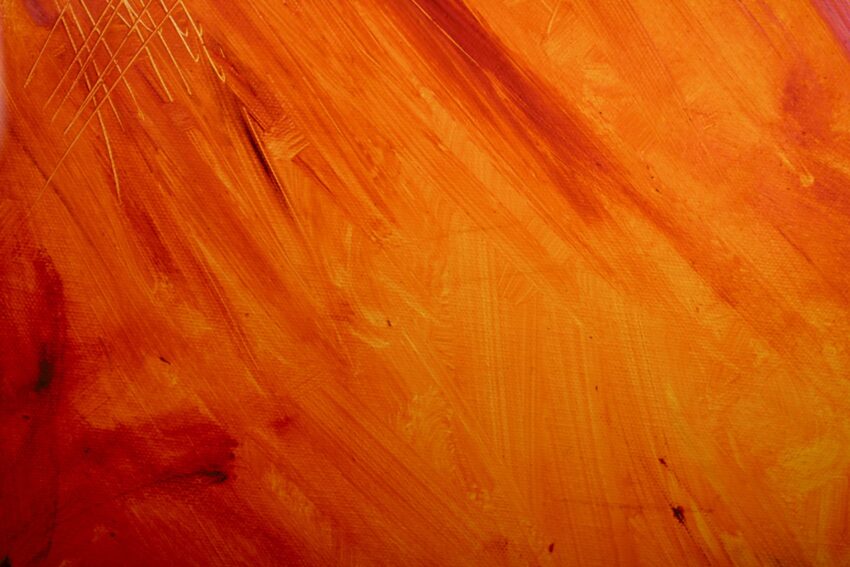Psychedelia, a vibrant and multisensory spectacle, has played a significant role in shaping modern culture. From the 1960s to the present day, the psychedelic art movement has offered us portals into kaleidoscopic universes, mind-bending perspectives, and undulating patterns that transcend the traditional confines of reality.
The psychedelic art movement commenced primarily as a visual representation of altered states, challenging our perceptions on reality’s definiteness and questioning the nature of consciousness. Often associated with hallucinogenic experiences induced by drugs such as LSD, magic mushrooms, and peyote, psychedelic artists create trippy artwork that mirrors the swirling, shifting worldview often experienced under such influences.
Many believe that this form of artistic expression with psychedelics opened up pathways to untapped creative possibilities. It allowed artists to convey alternative states of consciousness, breaking away from conventional artistic norms. Popular figures in the world of psychedelia like Alex Grey and Peter Max pushed boundaries with their startling, vibrant images, providing us glimpses into unseen, hallucinatory realms.
As the psychedelic movement flourished, it began having a significant counter-culture influence. Its ideologies, reflected in its art, began to permeate into other facets of counter-culture, from music and literature to fashion and activism. Psychedelic rock bands like Pink Floyd, The Grateful Dead, and Jimi Hendrix played pivotal roles in this transformation by incorporating psychedelic art styles into their album covers and stage designs, thereby enabling their music to provide a multisensory experience.
In literature, authors such as Aldous Huxley and Timothy Leary explored psychedelic experiences, with Huxley’s “The Doors of Perception” providing vivid trippy visuals on the printed page. Simultaneously, the fashion world caught onto the trend, with vibrant colors, bold patterns, and outlandish designs becoming prevalent. This expression visually marked those aligned with counter-cultural ideals and values, such as the rejection of mainstream society’s norms and the advocacy for peace, love, and individual freedom.
Psychedelic art also played an instrumental role in political activism during the 1960s, most notably in anti-war and civil rights movements. Protesting groups used vibrant, mesmerizing posters and slogans to catch people’s attention, portraying potent messages against racial discrimination and the Vietnam War. This connection between psychedelics and political activism is still conspicuous today, with contemporary psychedelic artists focusing on themes like environmental conservation, mental health, and social justice.
As we fast-forward to the 21st century, the influence of psychedelic art is still palpable. Areas such as graphic design, cinema, advertising, and digital art continue to absorb its ideas and aesthetic. Recent rise in the popularity of EDM (Electronic Dance Music) has seen a revival of psychedelic visuals in music festivals and raves, while the advent of digital art and VR technology have taken visual representation of altered states to new heights.
In conclusion, the psychedelic art movement’s influence extends beyond mere artistic considerations. It has had immense cultural, social, and political impacts, shaping attitudes towards individual expression, societal norms, and even political activism. Psychedelic art prompts us to question our perceptions, liberate our creativity, and celebrate the profundity of the human experience.
Underneath the vibrant colors, swirling patterns, and the trippy artwork, the essence of psychedelic art lies in a deeply rooted pursuit of freedom, innovation, and the exploration of the human psyche. And as such, its influence is not restricted to art but reverberates through the fabric of modern culture, inspiring us to look beyond the horizon and explore the deepest realms of our consciousness.
Sources:
1. Vice – A Brief History of Psychedelic Art
2. Medium – Trippy 60s Art
3. Classic Posters – What IS Psychedelic Art?
4. CR Fashion Book – The Influence of Psychedelia on Fashion
5. The Designest – A Colorful Journey through the History of Psychedelic Art
6. Wide Walls – The Art of Psychedelia
